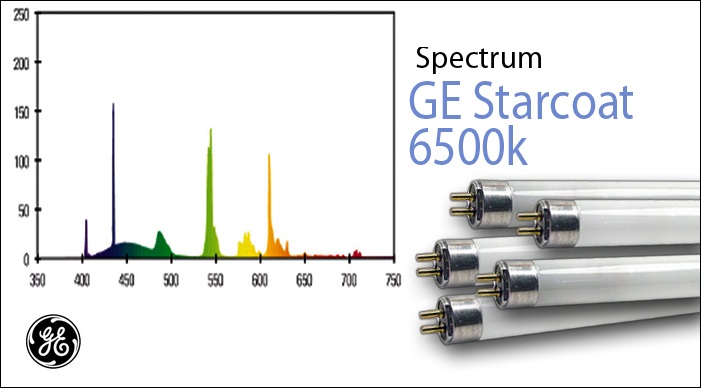@Greenstreet.1
Move them up and down till you find the sweet spot you like. Don't simply follow someone else.
FWIW, there are beautiful sps tanks that have them at a distance from: sitting on the brace to over 500mm. Given your tank height.
Thank you but was not looking to change anything was just asking to see if there’s a recommended height to keep the mix as I seen reefers say that t5’s can’t be to hi off the tank.



















